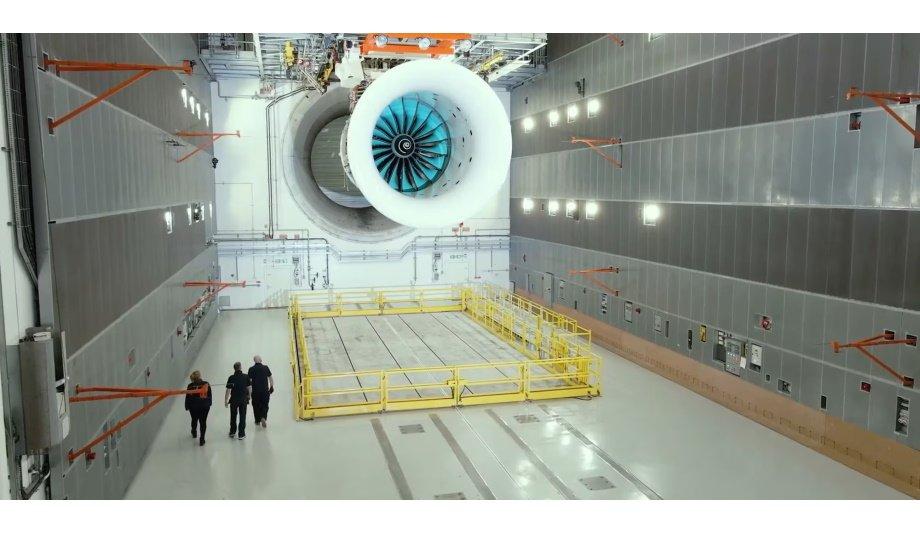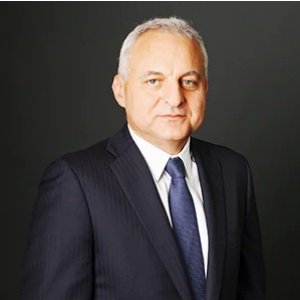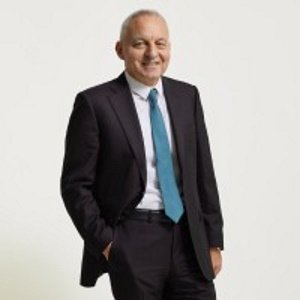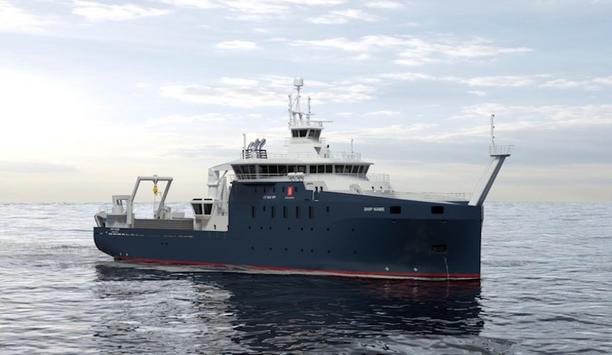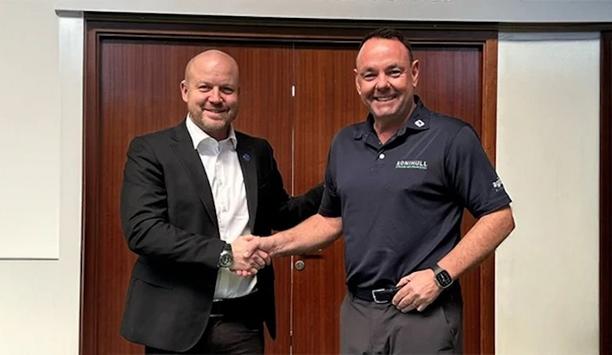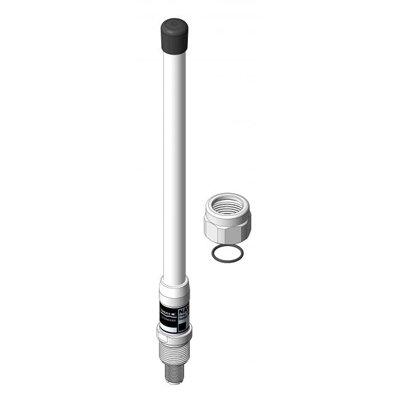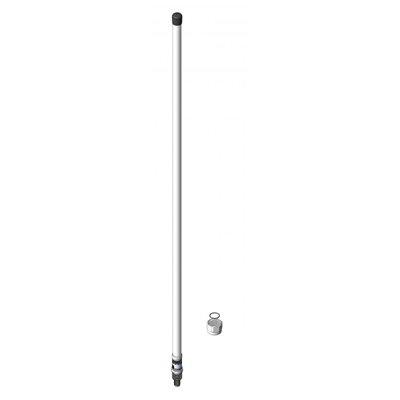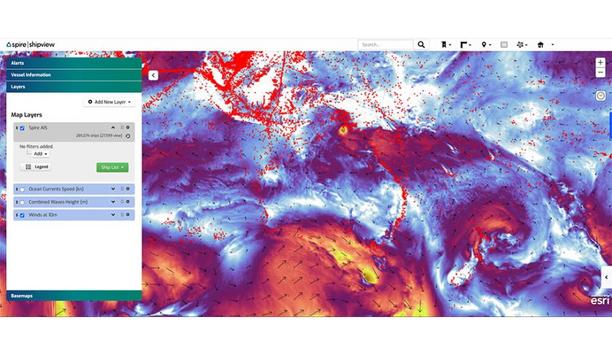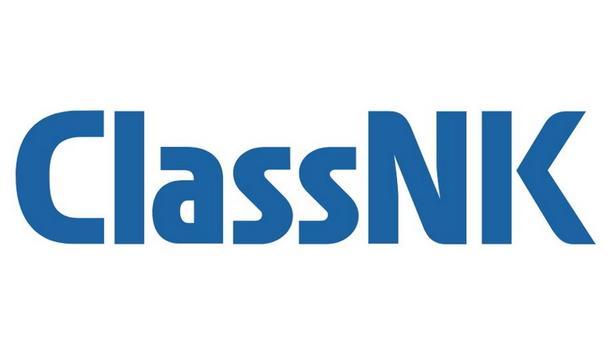Rolls-Royce announces it has successfully completed the first tests of its UltraFan technology demonstrator at its facility in Derby, United Kingdom (UK). The first tests were conducted using 100% Sustainable Aviation Fuel (SAF).
This is a historic moment for Rolls-Royce – it’s the first time in 54 years that the aero-engine manufacturer has tested a brand-new engine architecture and is proof of what can be achieved when industry and governments work together.
UltraFan technology demonstrator
UltraFan delivers a 10% efficiency improvement over the Trent XWB
Confirming the capability of the suite of technologies incorporated in the demonstrator is a big step towards improving the efficiency of current and future aero-engines. UltraFan delivers a 10% efficiency improvement over the Trent XWB, which is already the world’s most efficient large aero engine in service.
In the nearer term, there are options to transfer technologies from the UltraFan development programme to current Trent engines, providing customers with even greater availability, reliability and efficiency.
UltraFan’s scalable technology
In the longer term, UltraFan’s scalable technology from ~25,000-110,000lb thrust offers the potential to power new narrow-body and wide-body aircraft anticipated in the 2030s.
Tufan Erginbilgic, the Chief Executive Officer (CEO), Rolls-Royce plc, said: “The UltraFan demonstrator is a game changer – the technologies we are testing as part of this programme have the capability to improve the engines of today, as well as the engines of tomorrow.”
He adds, “That is why this announcement is so important – we are witnessing history in the making; a step-change in engine efficiency improvement. When combined with Sustainable Aviation Fuels, more efficient gas turbine engines will be key to hitting the industry’s target of Net Zero flight by 2050. Today we are closer to achieving this ambition.”
Collaboration is the key to decarbonisation of air travel
The tests took place in the world’s largest and smartest indoor aero-engine testing facility – Testbed 80
Tufan Erginbilgic continues, “Collaboration is key in driving the decarbonisation of air travel and the UltraFan programme is a great example of what can be achieved when government and industry come together with a common purpose.”
The tests took place in the world’s largest and smartest indoor aero-engine testing facility – Testbed 80. The 100% SAF, derived primarily from waste-based sustainable feed-stocks, such as used cooking oils, was provided by Air bp.
Testing of UltraFan technology demonstrator
Testing the demonstrator is the culmination of many years work, which has been supported by the UK Government through the Aerospace Technology Institute (ATI), Innovate UK; the EU’s Clean Sky programmes plus LuFo and the State of Brandenburg in Germany.
UK Business and Trade Secretary, Kemi Badenoch, said: “This cutting-edge technology will help the transition towards a greener future for aviation while attracting further investment into the UK’s aerospace industry, helping grow the economy.”
Kemi Badenoch adds, “I’m proud that the Government has backed this initiative through our Aerospace Technology Institute programme, and we will continue to work with manufacturers like Rolls-Royce, as we seek to grow the UK’s share of the global aerospace market.”
Rolls-Royce’s UltraFan programme
Rolls-Royce’s UltraFan programme has achieved a huge step forward in terms of the fuel efficiency of aircraft engines
Gary Elliott, the Chief Executive Officer, Aerospace Technology Institute, said: “Rolls-Royce’s UltraFan programme has achieved a huge step forward in terms of the fuel efficiency of aircraft engines. The technology developed within the programme has greatly improved our understanding of how to increase engine performance while reducing environmental impact.”
Gary Elliott adds, “It is a programme that puts the UK at the forefront of the global market, and is absolutely critical for the future of the UK aircraft engine industry. Our congratulations to the Rolls-Royce team for the successful tests of this exciting technology demonstrator.”
Shaping aviation’s net-zero sustainable future
Axel Krein, the Executive Director of Clean Aviation, added: “Congratulations to the talented team for reaching this significant milestone in shaping aviation’s net-zero sustainable future. The UltraFan® technology demonstrator, a flagship project of the Clean Sky 2 programme, showcases the power of innovation and collaboration in driving our journey forwards. This architecture will be further developed through Clean Aviation’s HEAVEN project.”
UltraFan has been a decade in the making, with the concept unveiled publicly in 2014. It is fundamentally different design architecture to that within the approximately 4,200 Rolls-Royce Civil large engines currently in service, as it incorporates a geared design that no other industry player has produced at this size before.
Demonstrating at this scale offers the flexibility to scale down as required by customers. It will also put Rolls-Royce in the unique position of being able to offer a portfolio of two-shaft, three-shaft, direct drive and geared propulsion solutions to power future aircraft.
Key engineering features of the demonstrator include:
- A new, proven, Advance3 core architecture, combined with Rolls-Royce’s ALECSys lean burn combustion system, to deliver maximum fuel burn efficiency and low emissions.
- Carbon titanium fan blades and a composite casing.
- A geared design that delivers efficient power for the high-thrust, high bypass ratio engines of the future. The power gearbox has run at 64MW, an aerospace record.
